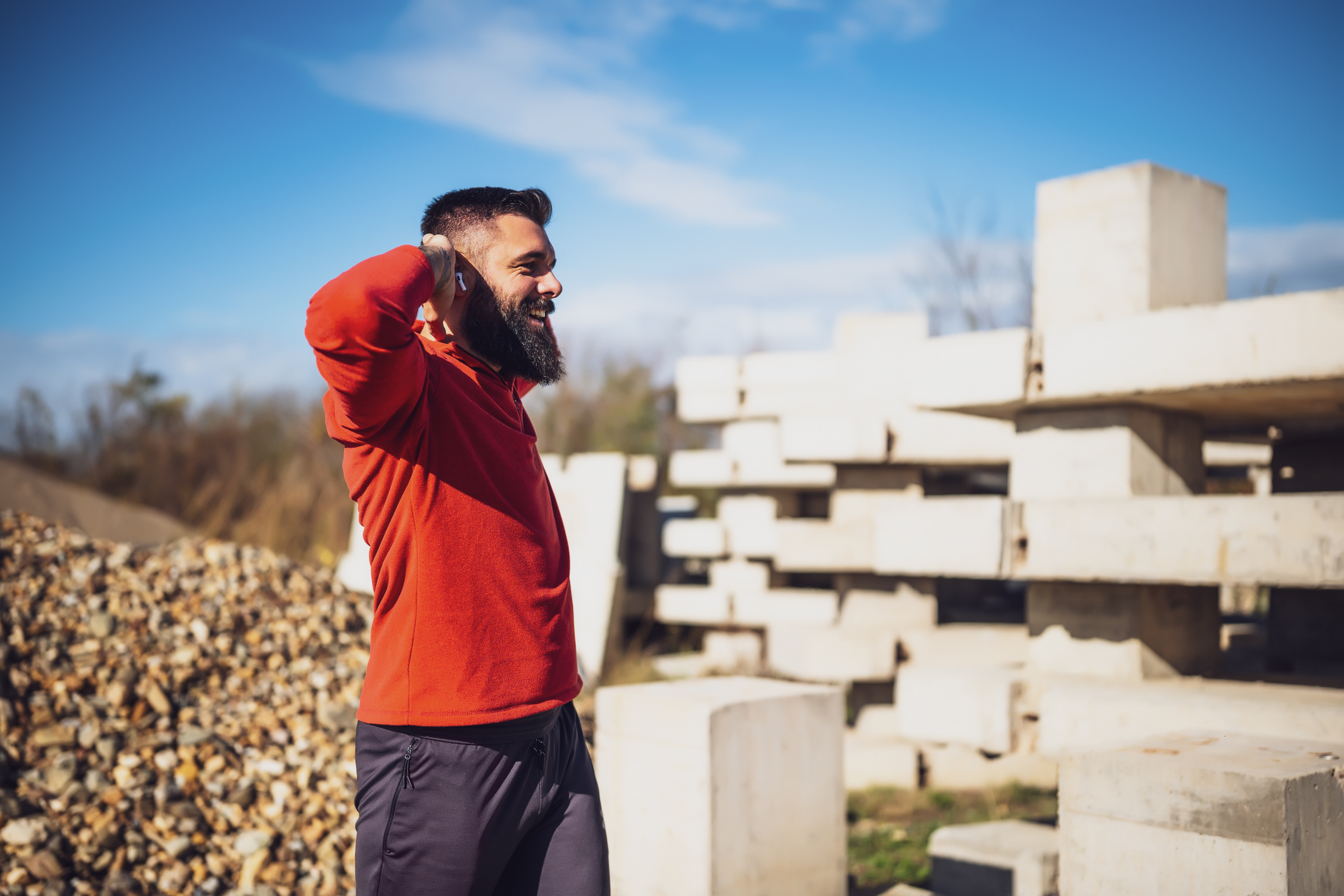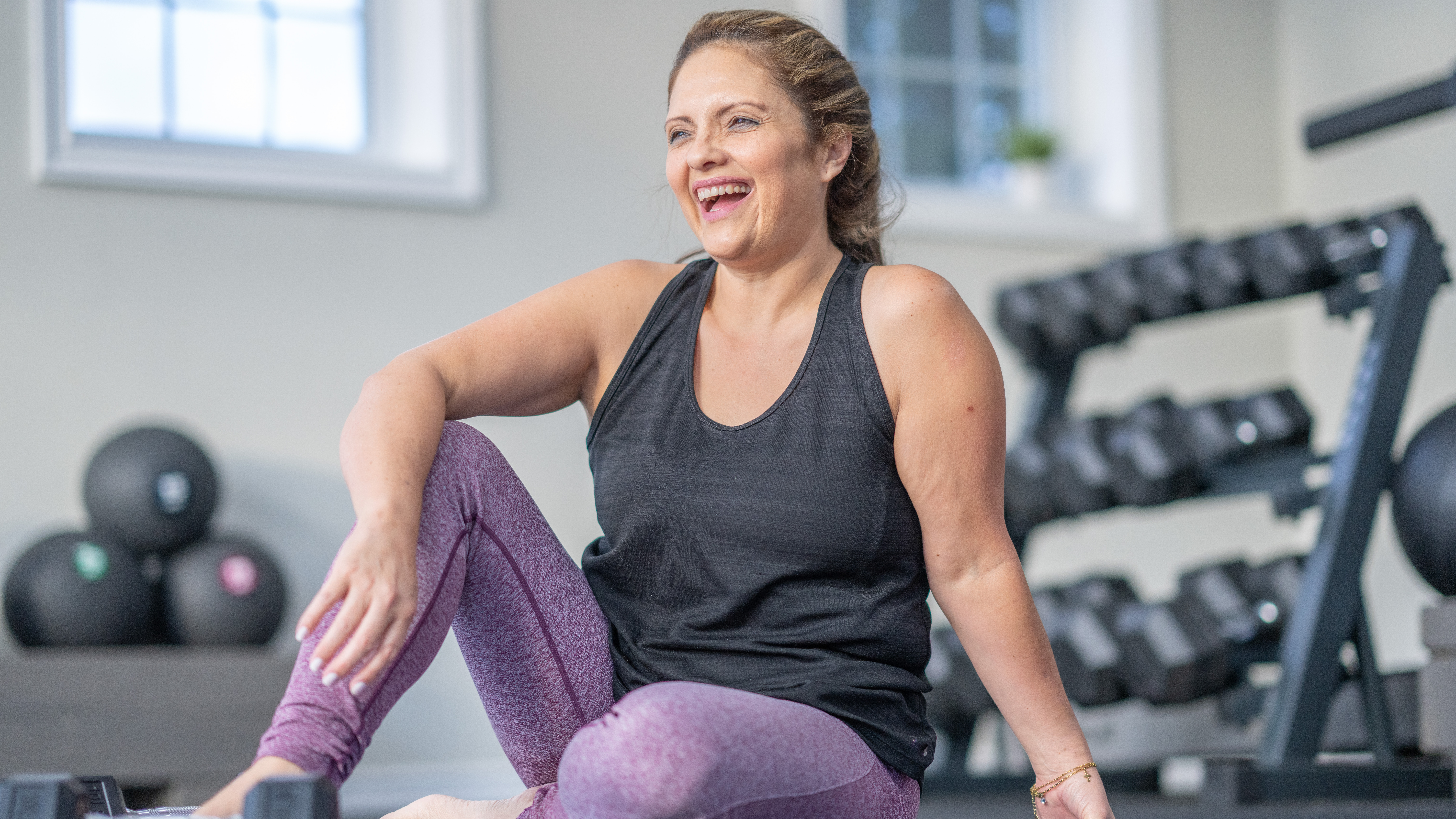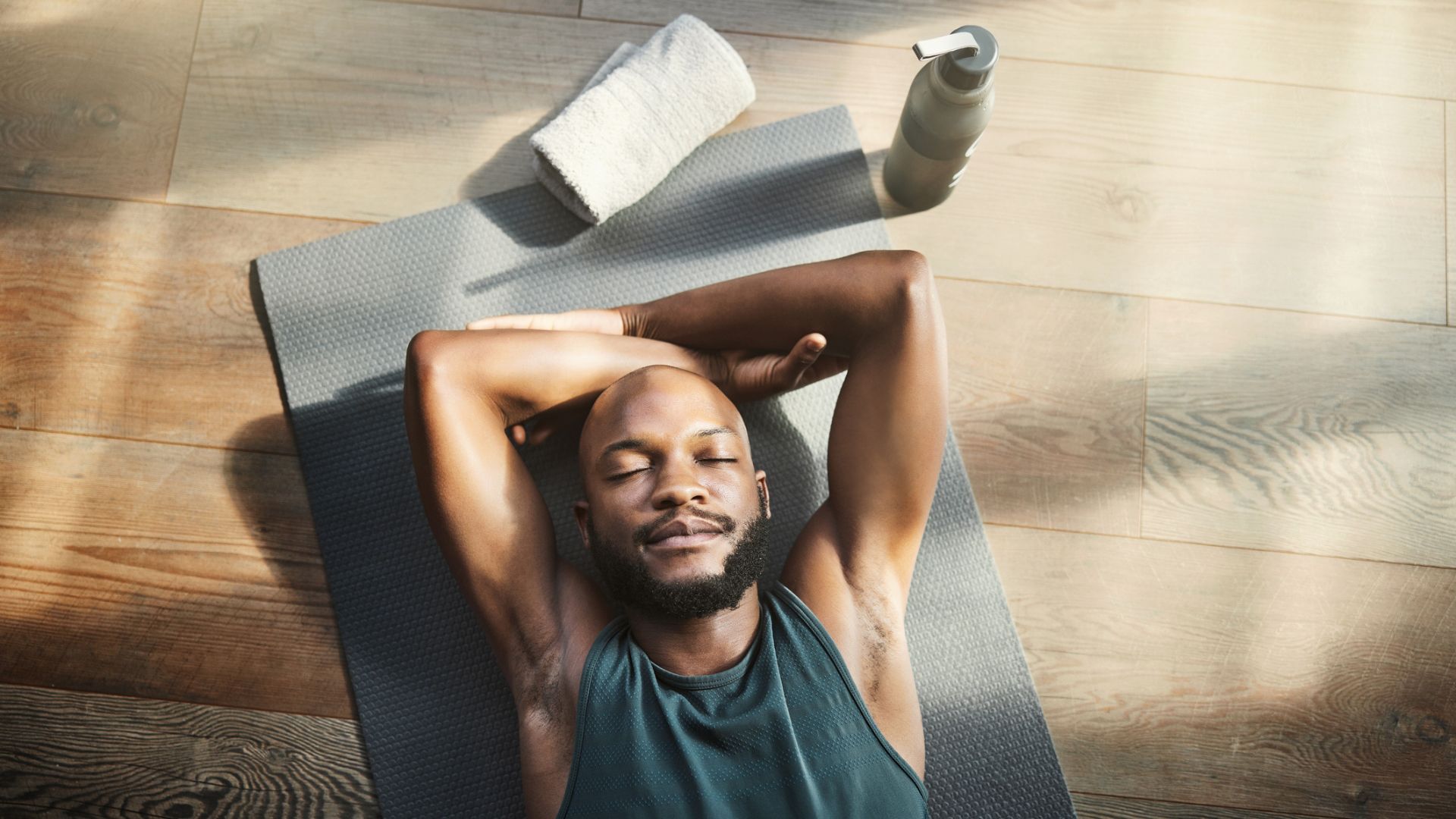A physiotherapist says this is the one thing you should do if you have sore muscles after working out
The best way to minimize DOMS? Try exercising again

If you're regularly strength training, you've probably experienced something known as DOMs (delayed-onset muscle soreness). It's particularly common if you're new to lifting weights, but even experienced lifters can get sore after a heavy session.
There are several theories about what causes it, but the prevailing one is that it's caused by muscular microtears and inflammation, which are the result of exercise.
There are a few different ways you can try and ease the pain of DOMs, including massage and stretches. But Helen O'Leary, physiotherapist and clinical director of Complete Pilates, says the best thing you can do for your body is to keep it moving.
"It may sound counterintuitive but continuing to do light exercise is one of the most effective means of alleviating DOMS pain," O'Leary says.
Why you should exercise even if you're sore
Doing something like yoga or Pilates could take the edge off your DOMS. Unfortunately, the pain relief will only be temporary—but according to O'Leary, exercise will also encourage your muscles' recovery efforts.
This is because exercise increases blood flow to the muscles, which helps deliver the oxygen and nutrients they need to repair and rebuild themselves. It could also help remove some inflammatory mediators—molecules that are released by muscle cells after injury—and speed up the recovery process.
O'Leary says it's a good idea to plan your weekly workout carefully, if you think it's likely that your session will result in some DOMS.
Get the Fit&Well Newsletter
Start your week with achievable workout ideas, health tips and wellbeing advice in your inbox.
"Scheduling in alternative exercise types, or biasing different muscle areas, will give the affected muscle groups time to rest and recover," she says.
Using tools like foam rollers and massage guns may also provide temporary relief, but in general active recovery is better than passive recovery as it allows you to incorporate movement into your day, which is better for you in the long run.
Alice Porter is a freelance journalist covering lifestyle topics including health, fitness and wellness. She is particularly interested in women's health, strength training and fitness trends and writes for publications including Stylist Magazine, Refinery29, The Independent and Glamour Magazine. Like many other people, Alice's personal interest in combining HIIT training with strength work quickly turned into a CrossFit obsession and she trains at a box in south London. When she's not throwing weights around or attempting handstand push-ups, you can probably find her on long walks in nature, buried in a book or hopping on a flight to just about anywhere it will take her.
-
 "If I could choose just five moves to future-proof my body, these would be it"—A trainer says this longevity workout will help you build lasting strength and mobility
"If I could choose just five moves to future-proof my body, these would be it"—A trainer says this longevity workout will help you build lasting strength and mobilityBy Lou Mudge
-
 I tried four exercises designed to get rid of shoulder knots and I was surprised by the results
I tried four exercises designed to get rid of shoulder knots and I was surprised by the resultsA yoga instructor recommends this routine for reducing tightness in your upper body
By Alice Porter